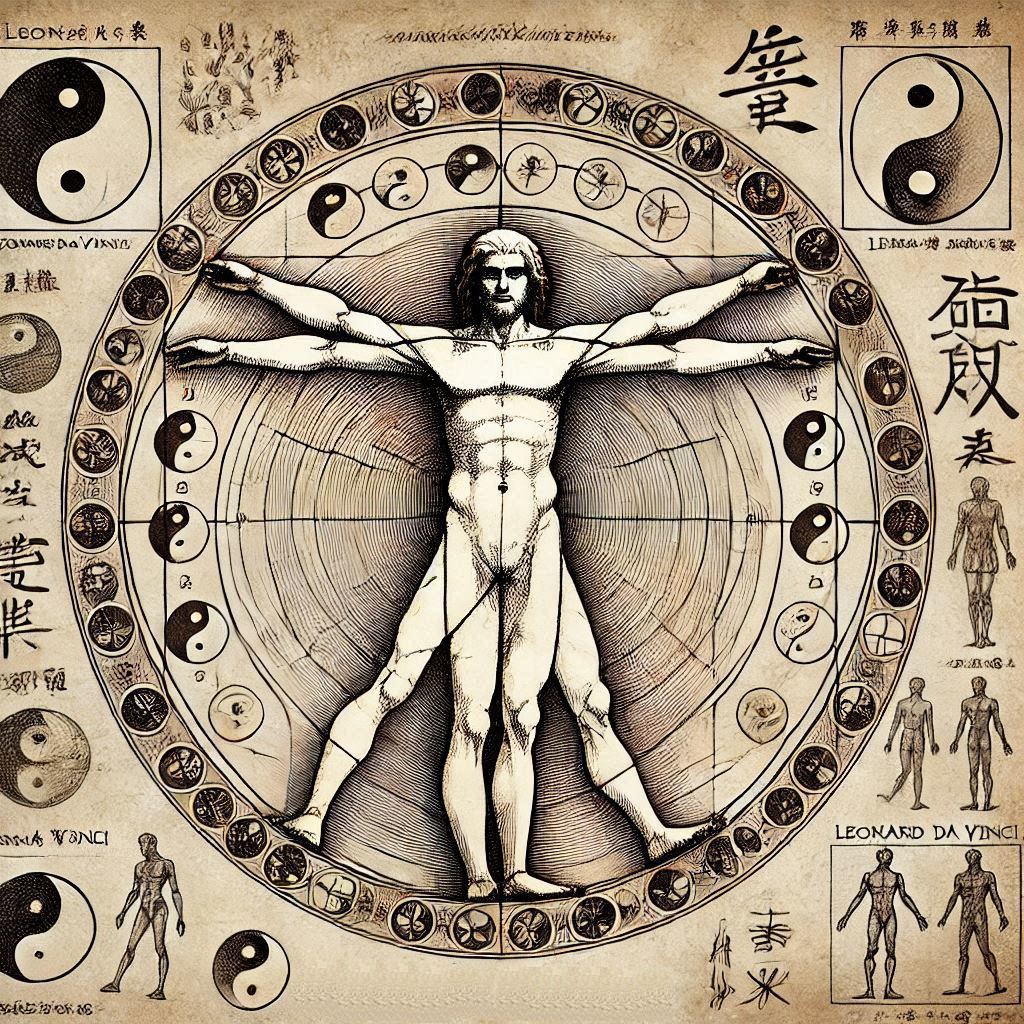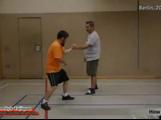 |
The physical requirements for Chen-Style Tai Chi Practical Method (陈式太极拳实用拳法), a distinct martial art with unique training methods, have been summarized by Master Chen Zhonghua.
Translation of Master Chen Zhonghua Structural or Component Requirements in the Practical Method in 2012 (In Chinese only) |
Practical Method Rules List 2012 (translated)
Definitions (定义)
Structural or Component Requirements (部位结构要求)
Elbows, Hips, and Knees:
The front and back align at the elbows, the left and right at the hips, and the up and down at the knees. (前后在肘。左右在胯。上下在膝。)
Vertical Axis from Baihui to Huiyin:
Shoulder and Hip Alignment:
Keep your shoulders directly above your hips to avoid leaning forward or backward. Rotations should primarily occur along the body’s vertical axis. (肩下对胯,不能出胯。转动的方向以竖为主。)
Hand Positioning and Movement:
Keep your left hand on your left side and your right hand on your right side. Avoid crossing your hands over the midline of your body. The hands should move along a straight line in opposite directions, a principle that takes time to master. (左手在左,右手在右,左手不能过界去右边;右手不能过界去左边。左右手的动作一定永远在一条线上。他们不能在一个方向上运动。这条线也要慢慢体会。)
Hand Height Range:
Your hands should remain between your eyebrows and hips. This rule does not apply to the Golden Rooster Stands on One Leg pose. (手不高过眉,不低过胯。(金鸡独立除外))
Elbow and Hand Relationship:
Retract your elbow without retracting your hand, and extend your hand without extending your elbow. The elbow should always align with the center of the palm. (收肘不收手,出手不出肘。手肘之间有一种关系,肘一定对准手心。)
Hip and Knee Alignment:
Align your hip with your knee, just as your elbow aligns with your palm. Maintain a vertical angle of approximately 45 degrees. (胯对膝,就像肘对手。45度竖的。)
Knee and Foot Alignment:
Ensure your knee is directly above the sole of your foot, maintaining a vertical posture. (膝对脚心。竖的。)


